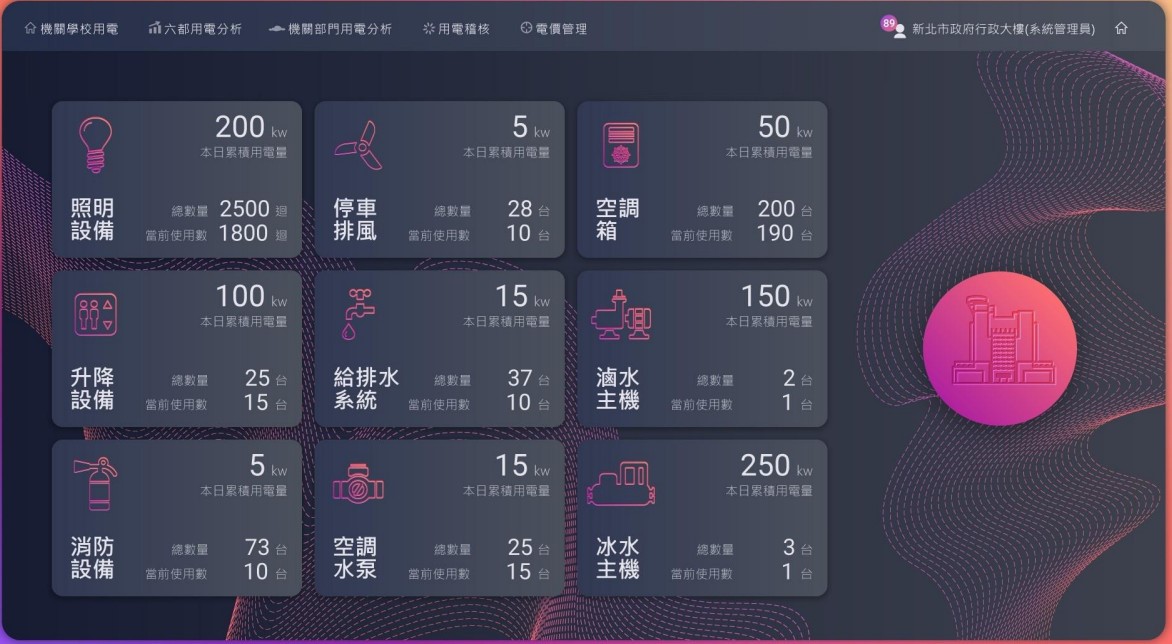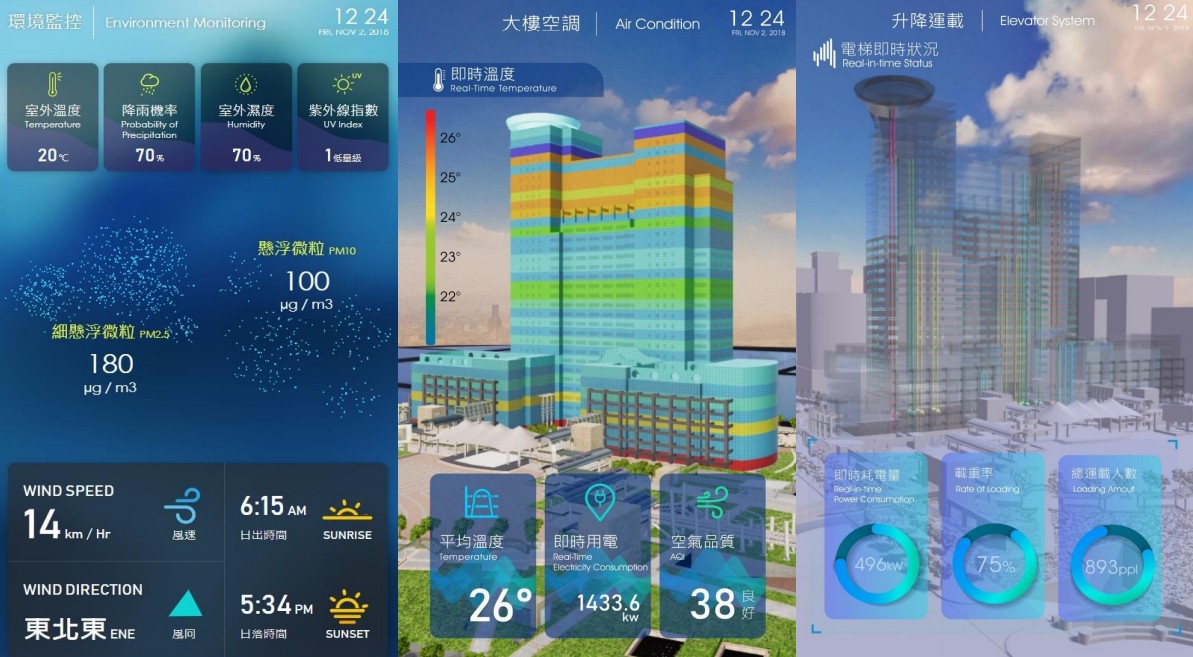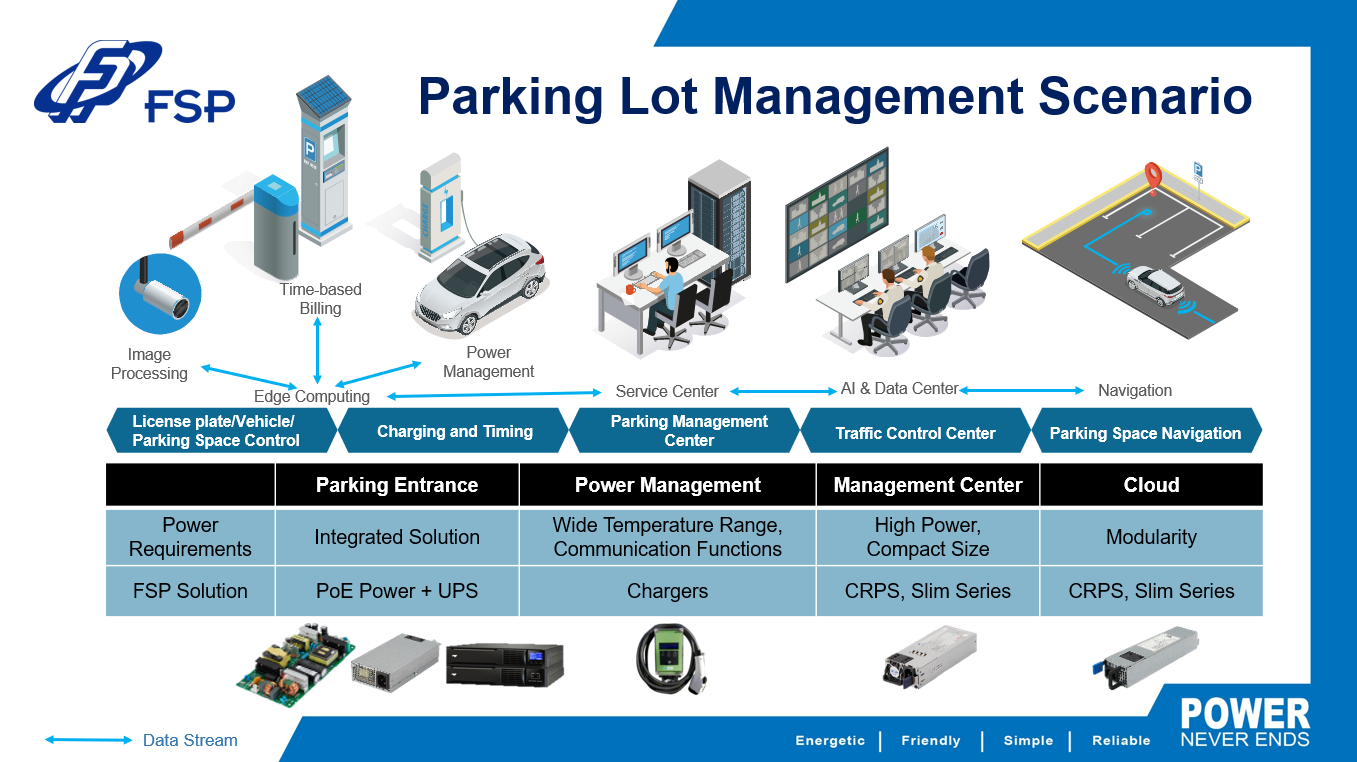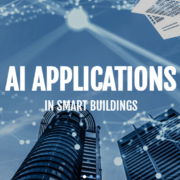AI Applications in Smart Buildings
With the rapid advancement of technology, the focus of architecture has not just been exterior design. There is a greater emphasis on building materials, smart technologies, universal design, and energy conservation. In recent years, the Ministry of Economic Affairs has been actively promoting the research and development of innovative technologies in smart buildings. With the support of national policies, resulting in a clear trend in the development of smart buildings, smart buildings are not just a concept or slogan but an integration into our daily lives. The growth of smart buildings encompasses areas such as smart connectivity, energy efficiency, and intelligent sensing. In this article, we will explain smart buildings and their application technologies.
What is a Smart Building?
A smart building utilizes information and technology to integrate the environment and equipment within a structure. Through the Internet of Things (IoT), building management systems, AI, automation, and intelligent technologies, smart buildings aim to provide residents and users with a more comfortable and efficient living experience. Moreover, buildings can transcend their mere physical nature by utilizing energy and resources more efficiently. They can achieve functions such as automatically adjusting air conditioning temperature, controlling lighting brightness, and even issuing warning alarms for water resource waste, fire disasters, and more. They can provide a wide range of advanced technological services, resembling the presence of multiple caretakers within an entire building. And all of this can be easily accomplished through networking, information systems, and necessary electronic devices.
What are the Technologies Involved in Smart Buildings?
The concept of smart buildings emerged around 1984 when the City Place building, the first smart building, was constructed in Hartford, USA. Since then, the idea of smart buildings has spread worldwide. With the evolution of various eras and technologies, the development of smart buildings can separate into three stages:
- Automation: This initial stage of smart building development and implementation is based on using a 5A light-current system, including Communication Automation (CA), Building Automation (BA), Office Automation (OA), Home Automation (HA), and Security Automation (SA). However, each system is independent and not an integrated smart building system.
- Informatization: With the widespread adoption of internet technology, buildings entered the era of informatization. Standardization and system integration technologies matured, leading to practical implementations around 2010. This era impacted the information linkage and system integration of smart buildings.
- Intelligence: With automation and informatization technologies in place, smart buildings began to pursue humanization and intelligence. In easy terms, this combined the 5A light-current system, Networking, and Property Management (PM) to form a Building Management System (BMS). The key drivers of smart building development include the rise of several critical technologies such as AI, IoT, 5G, and edge computing.
The key technologies in this regard are AI, IoT, 5G, and big data. In the IoT era, communication can occur between objects and between objects and people through information exchange. With the completion of big data databases, AI technology enhances the sensing capabilities of devices, enabling them to make automated decision analyses. This optimization allows for the control of building environments and equipment operations to achieve maximum efficiency. The crucial factor lies in the evolution of network communication technology. Users can connect to the Internet of Things using their mobile phones, tablets, and devices via 3G, 4G, 5G, or even WiFi signals, facilitating interconnectedness between building systems and users. Through this, the concept of human-machine collaboration and smart buildings can be realized.
|
Three Stages of Smart Buildings |
||
|
Stage 1 Automation |
Stage 2 Informatization |
Stage 3 Intelligence |
|
Independent subsystems Communication Automation (CA) Building Automation (BA) Office Automation (OA) Home Automation (HA) Security Automation (SA) |
Information Integration Management Platform |
Internet of Things (IoT) Artificial Intelligence (AI) 5G Edge Computing Big Data Analysis Building Information Modeling (BIM) |
Benefits of Smart Buildings
The benefits offered by smart buildings include improving energy efficiency, enhancing productivity, and reducing operational costs. An estimation shows that by 2050, around 65% of the global population will live in urban environments. The global building floor area is projected to double by 2060, equivalent to adding 480 cities the size of New York. According to the International Energy Agency (IEA), around 40% of global CO2 emissions come from buildings, and approximately 50% of energy consumption in buildings, is wasted. According to estimates by the Ministry of the Interior, R.O.C. (Taiwan), smart buildings can achieve energy savings of at least 20% and water savings of 30% compared to buildings of similar scale. For certain commercial buildings such as five-star hotels, electricity costs account for approximately 30% of the overall operating expenses. This means that the benefits brought by smart buildings not only align with green energy and environmental sustainability principles but also result in greater energy efficiency and cost-effectiveness for businesses and users.
Examples of Smart Buildings
Although the concept of smart buildings originated abroad, concepts such as green energy, energy efficiency, and cost management are highly valued by enterprises, governments, and individuals in Taiwan. We have a perfect example right here with us—the New Taipei City Government Administration Building. In 2018, it became the first government agency in the country to establish a “Smart Energy Management Center.” In 2019, it pioneered the nationwide “New Taipei Power Grid,” creating a cloud-based management infrastructure and a comprehensive big data database. The building also adopted Building Information Modeling (BIM) technology This innovative approach allows real-time monitoring of the average temperature, water supply, drainage, and status of other equipment throughout the entire building (as shown in the figure below). It can also make instantaneous and automatic adjustments. As a result, the New Taipei City Government has received several prestigious awards, including the “2019 TIBA AWARDS 3rd Taiwan Intelligent Building Association Awards,” the “2019 Ministry of Economic Affairs Energy Saving Benchmarking Award – Gold Award,” and the “APIGBA 2022 Asia Pacific Intelligent Green Building & System Products Awards.”

Figure: New Taipei Power Grid (Source: New Taipei City Government)

Figure: New Taipei City Government Administration Building (Source: New Taipei City Government)
The Importance of Power Supply for Smart Buildings
The power supply is the foundation of all electronic and mechanical equipment in buildings. The major difference between smart building products and conventional products is that smart building products require the integration of functions and are connected through the IoT architecture. They need to capture environmental and equipment information and transmit it to backend platforms through network devices. With the increasing diversity of functions and the stringent environment, different functions also require corresponding power supply units. The product specifications are higher than before. Taking the parking lot management scenario as an example, the power supply requirements include integration, wide temperature range, communication capabilities, high power output, compact size, and modularity.

Figure: Correspondence of Parking Lot Management Scenario with Products and Functional Requirements (Data Source: FSP Group)
FSP’s Smart Building Solutions
With the arrival of the IoT and smart building era, FSP, as a provider of green technology products, is committed to sustainable development. In the field of smart buildings, FSP combines electronic products with technological capabilities to enable users to access building information and dynamics conveniently and rapidly. This includes temperature control, water and energy consumption status on each floor, and automated adjustments to create comfortable and convenient living spaces that enhance the user experience. FSP offers energy storage systems, uninterruptible power supply (UPS), and intelligent lighting systems. By providing these solutions, FSP not only benefits users but also contributes to environmental protection. You can visit FSP’s Smart City Website to explore more about how FSP is shaping the future of smart buildings.








